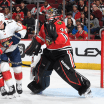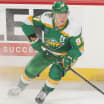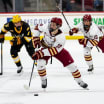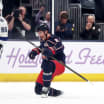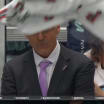The Coaches Room is a weekly column by one of four former NHL coaches and assistants who will turn their critical gaze to the game and explain it through the lens of a teacher. Jim Corsi, David Marcoux, Paul MacLean and Joe Mullen will take turns providing insight.
In this edition, Marcoux, former goalie coach for the Carolina Hurricanes and the Calgary Flames, looks at puck-handling goaltenders and how they can impact a game.
A Stanley Cup isn't won with the puck-handling skills of a goaltender, but it can be lost because of a goaltender's puck-handling skills.
Puck-handling skills important weapon for goalies
Ability to start transition allows good teams to become elite
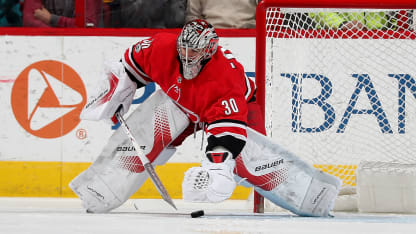
© Gregg Forwerck/Getty Images

© Glenn James/Getty Images
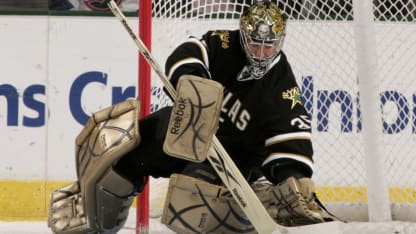
© Glenn James/Getty Images
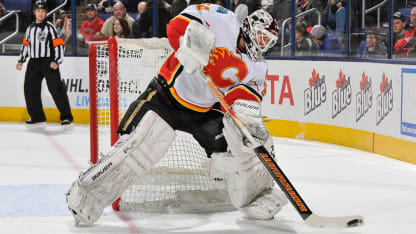
© Jamie Sabau/Getty Images



